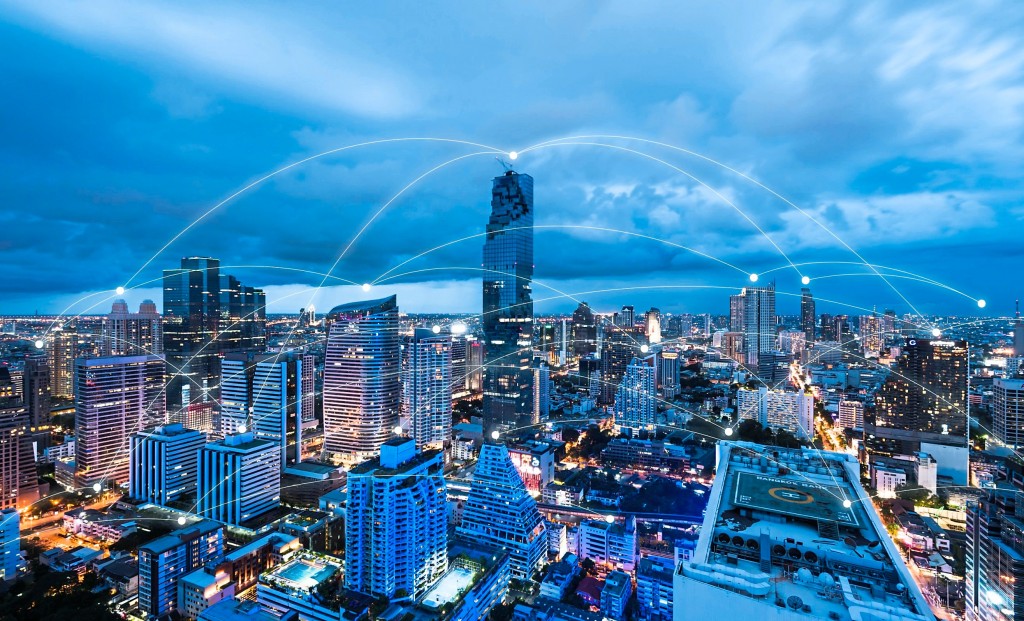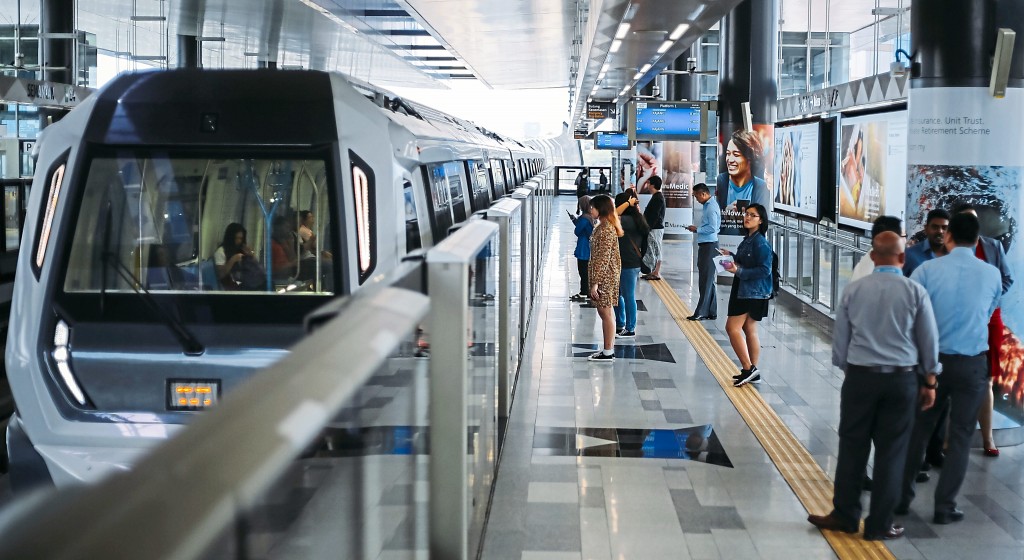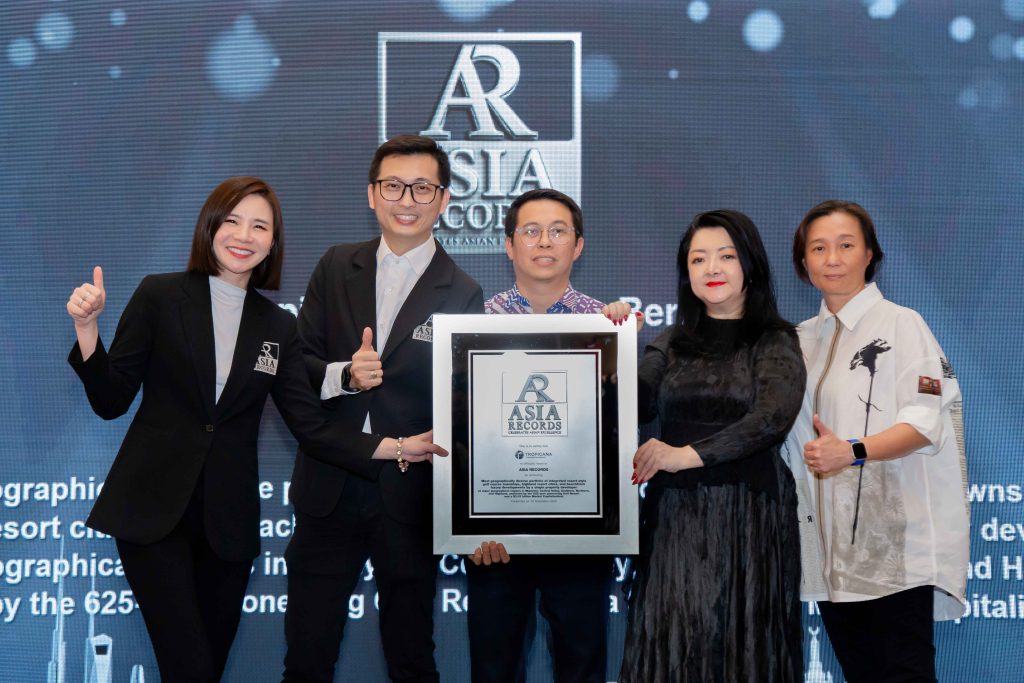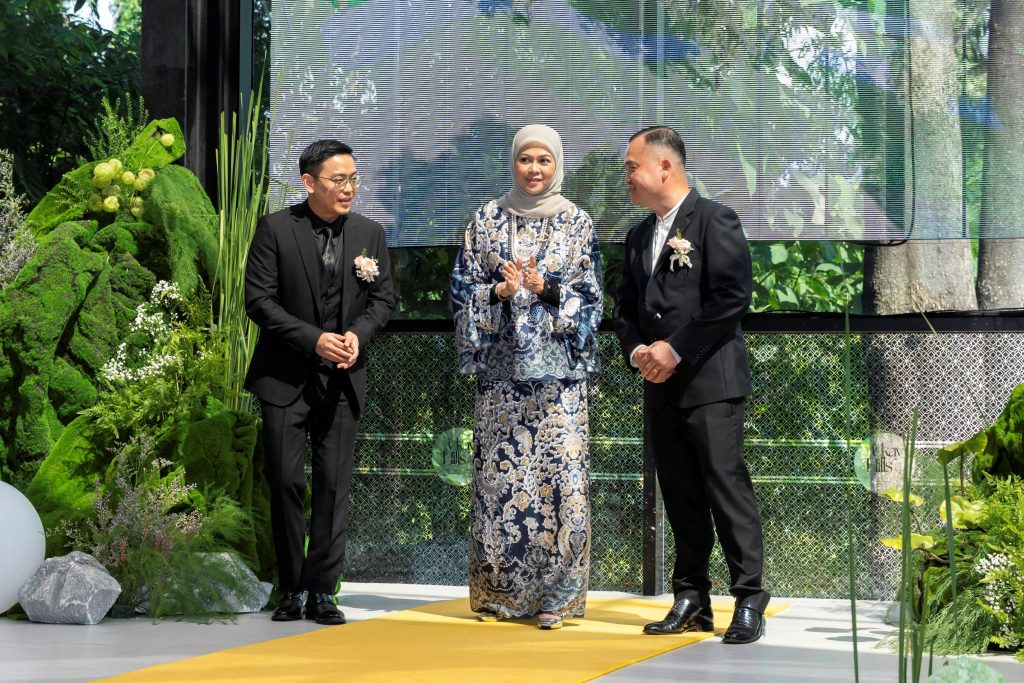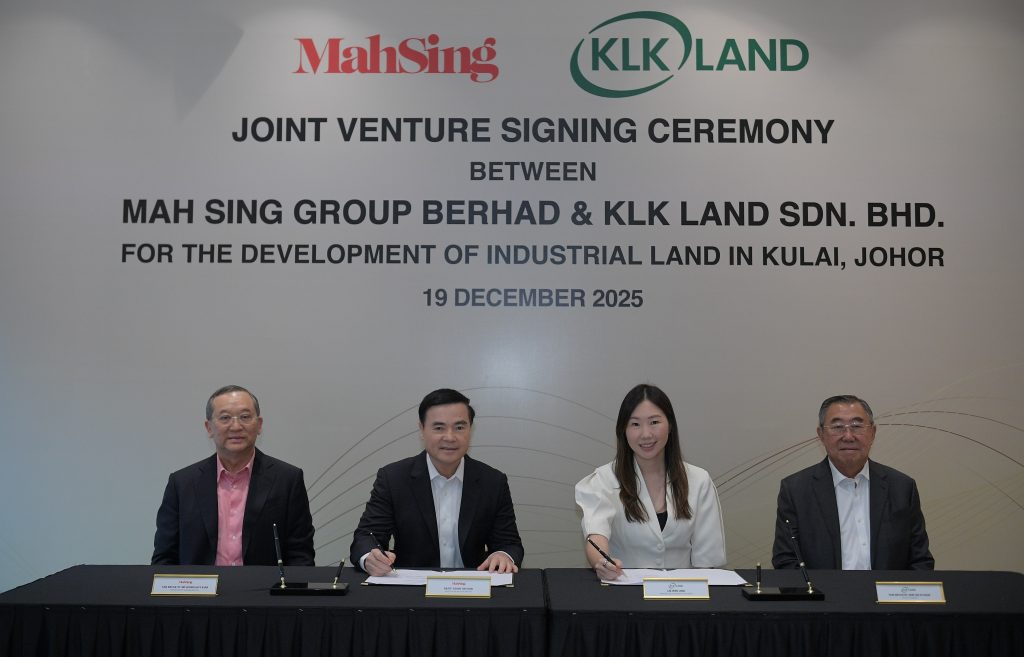Microcities as sustainable and innovative developments
By Yanika Liew
Increased urbanisation alongside today’s technology has made it easier than ever for Malaysians to connect with others through the use of transportation, smartphones and social media. People are becoming more and more connected through internet access, which can be used to look for opportunities of securing housing, jobs and partnerships.
This is apparent in highly connected cities like Moscow and Hong Kong, both of which provide free Wi-Fi in public spaces such as streets, parks, and public transportation centres. These cities have the potential to be the natural next step to the cities we know today and are closely linked to the concept of a microcity, which city planners have begun to explore.
A microcity is a self-sustaining community where all essential functions of urban life - traffic, live, work, learn and relax - are unified, adopting the city-within-a-city concept.
“They are generally concentrated in urban zones, business and commercial areas or near transportation hubs. Pack full of mixed-use integrated developments with a diverse mix of supporting amenities, microcities cater to the needs and convenience of their residents via an ecosystem which allows them to live, work and play within the same area. Thus, microcities appeal to the younger generations of millennials and Generation z,” Knight Frank Malaysia research and consultancy senior executive director Judy Ong said.
Ong pointed to Sunway City Kuala Lumpur as an example of a successful microcity in Malaysia. Its reputation as a self-sustaining city allows the former tin-mining land to become a fully-integrated green township as certified by the Green Building Index (GBI) and a Low Carbon City as certified by the Malaysian Institute of Planners.
Having amenities and facilities such as retail, hospitality, leisure, healthcare and education institutions, is not the only feature of a microcity, there must also be adequate infrastructure and public transportation.
In the case of Bandar Sunway, Ong noted that the microcity had created an elevated Bus Rapid Transit (BRT) line, shuttles buses, and canopy walkways, increasing its walkability. With its own ecosystem, residents can go about their daily activities without ever leaving the city. It is this high connectivity which makes microcities a highly desirable location.
Other examples of upcoming microcities in the Klang Valley context may include Tun Razak Exchange and KL Metropolis.
TODs or not?
Those conscious of the property industry will find the microcity concept familiar. These are not dissimilar to large integrated developments anchored by a public transportation system, increasing connectivity. The ideal of many townships is indeed a neighbourhood with every necessary amenity available, including transportation, hospitals, educational institutions and commercial districts.
However, microcities are distinct from transit-oriented developments (TOD).
“TODs are characterised by their proximity to a transit station. It is a popular solution to optimise land use and tackle urban transport issues. A TOD focuses on enhancing accessibility, by encouraging compact, high density and mixed-use development within easy reach of a transit station. A typical TOD neighbourhood has a diameter of a quarter to half a mile, (or) 5 to10 minutes’ walk,” Ong said.
“In accordance with the Greater KL Klang Valley Land public transport master plan by the land and public transport commission (SPAD), the Kuala Lumpur City Plan (KLCP) 2020 has identified transit planning zones (TPZ) as areas located within 400m of a transit station. LRT, KTM Komuter, Monorail or Rapid Bus station.The TPZ is a special zone where more intensified development will be encouraged, with incentives such as higher density and plot ratio, to provide a higher intensity of population and employment to support land and public transport) travel,” she explained.
To this end, KL Sentral would be a successful TOD in the local context.
“Although a microcity may be similar to a TOD in terms of its mixed-use development components and enhanced accessibility, it is more broad-based and typically encompasses a cluster of developments, which may include TODs, that offer a diverse range of amenities and convenience to create a self-sustaining community. A focal point of economic and social activities, residents of microcities are able to live, work and play within minutes of each other,” Ong said.
She pointed to the fact that microcities aim to be self-sustaining, and thus, contribute to the sustainability agenda by reducing mobility needs like carbon footprint. With the increasing urgency for sustainable developments, they blend economic and social activities with city living, offering plenty of business and employment opportunities.
“The synergy between the mix of property components within microcities is supported by the ease of mobility, with proximity and good connectivity via the LRT, KTM Komuter, Monorail or Rapid Bus station, and the availability of a myriad of amenities for convenience of the local residing community,” Ong added.
Smart microcities
Urban planning research has further pushed the concept of a microcity to create a smart, technology-integrated city-within-a-city.
Smart microcities aim to be pockets of highly-connected and highly liveable areas with advanced technologies implemented on a municipal level for not just the wealthy and affluent, but all residents of the microcity.
“As technology shifts, the way society engages and moves through a city, future microcities may rise in the form of smart (tech) cities. Driven by a technology-oriented society, advanced technologies including smart cameras and biometrics, robotics and automation, 5G networks, artificial intelligence (AI) and Internet of Things (IoT) are likely to be deployed across microcities,” Ong said.
Smart microcities are connected and managed by one network, with city-wide Wi-Fi and shared databases across different institutions such as educational, healthcare and security systems. An example of such a structure would be university campuses, which often include the necessary amenities and infrastructure of a small city being managed by one network.
“These self-contained urban smart tech cities appeal to the younger generation - millennials and generation z, given they are more technology-oriented and appear more conscious in regards to sustainability and environmental issues,” Ong said.
“Although Covid-19 has exposed the vulnerability of dense urban clusters, emerging trends post Covid-19 pandemic coupled with the growth in technology innovation continue to revolutionise sustainable developments,” she added.
Malls transforming into hyperconnected miniature cities
The future, according to a global shopping centre group, is all about retailtainment, which means that shopping malls will become hyperconnected miniature cities where nature meets modern technology.
Moving forward, this means that there will be new trends making their way into the shopping malls of the future. Among these trends, malls will become locations where artisans create their products in front of a live audience and artists create a one-of-a-kind shopping experience. Furthermore, future shopping malls will include silent rooms where customers can read and relax as well as activity rooms for workshops.
Offering a one-of-a-kind experience will become even more important in the future, with a special focus on water-related entertainment as a growing trend. It is gaining traction overseas, and major players such as Westfield Group are looking to attract customers by offering the enjoyment of water sports in shopping malls. In Malaysia, 1 Utama Shopping Centre has already embraced this trend with its Flowrider® offering.
Hanging gardens will bring nature into the shopping centre, with gardens where customers will be able to harvest their own fresh ingredients. Furthermore, an increasing number of rental stores will cater to the growing number of people who prefer renting products to owning them. Pop-up stores and co-working spaces will also become more common in future shopping malls.
Personalisation through smart tech
Of course, no vision of the future is complete without technological fantasies. Drones flying around, releasing customers' purchases so they can shop hands-free, should make the shopping experience as comfortable as possible. Smart mirrors eliminate the need for them to visit fitting rooms with dozens of different sizes and colours, instead using virtual technology to show how specific pieces of clothing will look.
Smart toilets will provide direct, but very personal, feedback on which nutritional products you require, while personalised information screens will provide specific recommendations and an optimal walking route based on your preferences, needs, and purchase history.
Stay ahead of the crowd and enjoy fresh insights on real estate, property development, and lifestyle trends when you subscribe to our newsletter and follow us on social media.

